Phobia refers to an intense and unreasonable fear about a specific living being, object, activity, place, or situation and subsequent avoidance of the same. It is one of the most common anxiety disorders.
What Are Phobias?
Phobias are a form of anxiety disorder characterized by unrealistic and extreme fear of an animal, individual, object, or event [mfn] Samra, C. K., & Abdijadid, S. (2022). Specific Phobia. In StatPearls. StatPearls Publishing. Available from: https://pubmed.ncbi.nlm.nih.gov/29763098/ [/mfn]. The phobic individual may go to great lengths to avoid the object of their fear or reluctantly face it with excessive stress and anxiety.
A person with phobia experiences extreme discomfort due to their object of fear and in some cases, full-blown panic attacks. Often, people with phobia engage in ‘safety behaviors’ that may help to avoid anxiety temporarily but ultimately reinforce and strengthen their fear in the long term.
In some cases, an adult may be aware that their fear is irrational and extreme but they are unable to control or manage it. When left untreated, a phobia can adversely affect a person’s quality of life by impairing their ability to function in daily life.
Phobias are very common and one person may have multiple phobias. Women have an increased likelihood of developing them compared to men. However, with effective therapy, it is possible to overcome the condition and live a healthier life.
The median age of onset for phobias is around 8-10 years of age.
Case Example
From a very young age, Adil had an extreme fear of injections. He would often faint on seeing medical needles. Even looking at needles used for stitching would make him extremely dizzy, nauseous, and uncomfortable.
Eventually, it turned quite difficult for him to visit doctors as he would start experiencing shortness of breath and an increase in his heartbeat whenever he was in or near a hospital or clinic, due to the anticipation of having to encounter needles.
Adil’s fear began expanding to situations where there was any possibility of needles being used and this prevented him from going for vaccinations and other necessary procedures.
Case Analysis
It is apparent from the excerpt above that Adil had an intense fear of needles that would cause him extreme physical and emotional distress in their presence. Moreover, he was also plagued by a constant anticipatory anxiety of needles that made it difficult for him to carry out regular activities such as doctor visits and health checkups. Adil’s symptoms are suggestive of a blood-injection-injury specific phobia called trypanophobia.
The Psychology Of Phobia
In phobia, the perceived threat is much greater than the actual threat. According to cognitive theories of emotion [mfn] Thorpe, S. J., & Salkovskis, P. M. (1995). Phobic beliefs: do cognitive factors play a role in specific phobias?. Behaviour research and therapy, 33(7), 805–816. https://doi.org/10.1016/0005-7967(95)00022-p [/mfn], anxious people tend to evaluate a certain situation as dangerous, that other people usually don’t. This is possibly due to the presence of dysfunctional beliefs and faulty cognitions developed over a period of time.
How The Brain Works During A Phobia
The amygdala [mfn] Steimer T. (2002). The biology of fear- and anxiety-related behaviors. Dialogues in clinical neuroscience, 4(3), 231–249. https://doi.org/10.31887/DCNS.2002.4.3/tsteimer [/mfn] is associated with the development and expression of the fear system in the human body. A part of the brain’s limbic system, the amygdala regulates our fight-or-flight response which causes us to become alert so that we can better respond to a threat or danger. When a person has a phobia, this region of the brain inappropriately copes with the anxiety, stress, and fear associated with an event.
Phobia Vs. Fear
Fear is a regularly occurring human emotion. However, phobias are different from usual feelings of fear, as they involve higher degrees of anxiety which can persist for long amounts of time. Unlike fear, phobia persists even in the absence of a fear-evoking stimulus. Phobia is a condition that includes both extreme fear and avoidance [mfn] Eaton, William W, et al. “Specific Phobias.” The Lancet Psychiatry, vol. 5, no. 8, Aug. 2018, pp. 678–686, 10.1016/s2215-0366(18)30169-x. [/mfn].
Types Of Phobias
Phobias can be classified into two broad categories: simple and complex. Simple phobias are also called specific phobias.
Specific Phobias
Specific or simple phobias include fear of specific objects, creatures, or natural situations like needles, spiders, snakes heights, etc. Specific phobias can be further classified into 4 categories:
- Fear of animals (such as snakes, dogs, etc.)
- Fear of natural environments (such as water, heights, etc.)
- Fear of blood, injuries, or medical conditions & treatments
- Fear of specific situations (eg: fear of closed spaces or claustrophobia)
Some common phobias of this kind are
- Acrophobia – Fear of heights
- Aerophobia – Fear of flying
- Alektorophobia – Fear of chickens
- Anthropophobia – Fear of human beings
- Autophobia – Fear of being alone
- Arachnophobia – Fear of spiders
- Astraphobia – Fear of thunder and lightning
- Bibliophobia – Fear of books
- Claustrophobia [mfn] Vadakkan, C., & Siddiqui, W. (2022). Claustrophobia. In StatPearls. StatPearls Publishing. Available from: https://www.ncbi.nlm.nih.gov/books/NBK542327/ [/mfn] – Fear of confined or tight spaces
- Chronomentrophobia – Fear of timepieces
- Cryophobia – Fear of ice or cold
- Cynophobia – Fear of dogs
- Dentophobia – Fear of dental procedures or the dentist
- Escalaphobia – Fear of escalators
- Genuphobia – Fear of knees or kneeling
- Glossophobia – Fear of public speaking
- Hemophobia – Fear of blood
- Hydrophobia – Fear of water
- Hippopotomonstrosesquippedaliophobia or Sesquipedalophobia – fear of long words
- Mageirocophobia – Fear of cooking
- Mysophobia – Fear of germs
- Necrophobia – Fear of dead things
- Nephophobia – Fear of clouds
- Nomophobia [mfn] Rodríguez-García, A. M., Moreno-Guerrero, A. J., & López Belmonte, J. (2020). Nomophobia: An Individual’s Growing Fear of Being without a Smartphone-A Systematic Literature Review. International journal of environmental research and public health, 17(2), 580. https://doi.org/10.3390/ijerph17020580 [/mfn] – Fear of being without a working phone
- Nyctophobia – Fear of darkness or the nighttime
- Ophidiophobia – Fear of snakes
- Onomatophobia – Fear of names
- Phobophobia – Fear of fears
- Thanatophobia – Fear of death
- Trypanophobia – Fear of medical procedures
- Trypophobia – Fear of repetitive patterns of small holes or protrusions
- Venustraphobia – Fear of attractive women
- Xenophobia [mfn] Tsai J. H. (2006). Xenophobia, ethnic community, and immigrant youths’ friendship network formation. Adolescence, 41(162), 285–298. [/mfn] – Fear and hatred of strangers or foreigners
- Zoophobia – Fear of animals
Complex Phobias
As the name suggests, complex phobias consist of several aspects and are more complicated than specific phobias.
There are two main types.
Social Phobia
Also known as social anxiety disorder (SAD), it involves fear of a situation involving social interactions where a person is afraid of judgment, criticism, or humiliation by others.
Continue Reading About Social Phobia
Agoraphobia
Agoraphobia involves an extreme fear of crowded, public, or enclosed spaces, such as markets, public vehicles, lines, malls, elevators, etc. People with this disorder usually avoid situations and places where they feel trapped or unable to escape and tend to remain within a certain “safe” radius.
Continue Reading About Agoraphobia
Symptoms Of Phobias
The classic signs [mfn] Substance Abuse and Mental Health Services Administration. “Table 3.11, DSM-IV to DSM-5 Specific Phobia Comparison.” Nih.gov, Substance Abuse and Mental Health Services Administration (US), June 2016. Available from: www.ncbi.nlm.nih.gov/books/NBK519704/table/ch3.t11/ [/mfn] of a phobia include
- An extreme fear of a certain object or situation
- Immediate feeling of anxiety on being exposed to the feared object or situation
- Enduring the feared stimulus with great discomfort and difficulty
- Going to great lengths to avoid the feared stimulus
- Anticipatory anxiety before exposure to the trigger
- The fear of the said object or situation is invariably greater than the actual threat
Panic attacks [mfn] Roth, M., & Argyle, N. (1988). Anxiety, panic and phobic disorders: an overview. Journal of psychiatric research, 22 Suppl 1, 33–54. https://doi.org/10.1016/0022-3956(88)90068-4 [/mfn] may also occur frequently in people with phobias. Some characteristics of a panic attack are
- Increased heartbeat
- Chest pain
- Shortness of breath
- Shaking or trembling
- Hot flashes or chills
- Severe perspiration
- Lightheadedness or dizziness
- Feelings of being choked
- A feeling of loss of control
- Fear of dying, etc.
Phobias can also lead to other complications such as social isolation [mfn] Teo, A. R., Lerrigo, R., & Rogers, M. A. (2013). The role of social isolation in social anxiety disorder: a systematic review and meta-analysis. Journal of anxiety disorders, 27(4), 353–364. https://doi.org/10.1016/j.janxdis.2013.03.010 [/mfn], depression [mfn] Choy, Y., Fyer, A. J., & Goodwin, R. D. (2007). Specific phobia and comorbid depression: a closer look at the National Comorbidity Survey data. Comprehensive psychiatry, 48(2), 132–136. https://doi.org/10.1016/j.comppsych.2006.10.010 [/mfn], substance abuse [mfn] Wiener, C. D., Moreira, F. P., Zago, A., Souza, L. M., Branco, J. C., Oliveira, J. F., Silva, R. A. D., Portela, L. V., Lara, D. R., Jansen, K., & Oses, J. P. (2018). Mood disorder, anxiety, and suicide risk among subjects with alcohol abuse and/or dependence: a population-based study. Revista brasileira de psiquiatria (Sao Paulo, Brazil : 1999), 40(1), 1–5. https://doi.org/10.1590/1516-4446-2016-2170 [/mfn], and in some cases even suicide [mfn] Cox, B. J., Direnfeld, D. M., Swinson, R. P., & Norton, G. R. (1994). Suicidal ideation and suicide attempts in panic disorder and social phobia. The American journal of psychiatry, 151(6), 882–887. https://doi.org/10.1176/ajp.151.6.882 [/mfn].
Causes Of Phobia
Although the exact cause for the onset of phobias is still not fully understood, there are certain factors that may influence its development. Here are some risk factors that may contribute to the onset of a phobia:
1. Genetics
The condition may run in families [mfn] Czajkowski, N., Kendler, K. S., Tambs, K., Røysamb, E., & Reichborn-Kjennerud, T. (2011). The structure of genetic and environmental risk factors for phobias in women. Psychological medicine, 41(9), 1987–1995. https://doi.org/10.1017/S0033291710002436 [/mfn]. Individuals with a first-degree relative with an anxiety disorder are more likely to develop phobias. As per studies, phobic disorders are moderately heritable [mfn] Smoller, J. W., Gardner-Schuster, E., & Covino, J. (2008). The genetic basis of panic and phobic anxiety disorders. American journal of medical genetics. Part C, Seminars in medical genetics, 148C(2), 118–126. https://doi.org/10.1002/ajmg.c.30174 [/mfn].
2. Trauma
Adverse childhood experiences [mfn] Kuo, J. R., Goldin, P. R., Werner, K., Heimberg, R. G., & Gross, J. J. (2011). Childhood trauma and current psychological functioning in adults with social anxiety disorder. Journal of anxiety disorders, 25(4), 467–473. https://doi.org/10.1016/j.janxdis.2010.11.011 [/mfn], such as experiencing or witnessing a distressing or traumatic event, especially during childhood, can also lead to the onset of this condition. If a child was attacked or traumatized [mfn] Garcia R. (2017). Neurobiology of fear and specific phobias. Learning & memory (Cold Spring Harbor, N.Y.), 24(9), 462–471. https://doi.org/10.1101/lm.044115.116 [/mfn] by an animal or insect during their childhood, they may develop an intense and irrational fear of the animal as an adult. Numerous studies [mfn] Handley, R. V., Salkovskis, P. M., Scragg, P., & Ehlers, A. (2009). Clinically significant avoidance of public transport following the London bombings: travel phobia or subthreshold posttraumatic stress disorder?. Journal of anxiety disorders, 23(8), 1170–1176. https://doi.org/10.1016/j.janxdis.2009.07.023 [/mfn] have supported the claim that certain irrational fears tend to develop after large-scale trauma.
3. Learned Responses & Reactions
A child can also develop excessive fear if they have overly cautious and overprotective parents or caregivers. Sometimes parents may use fear to discipline their children, which can eventually contribute to the development of a phobia [mfn] Olsson, A., Nearing, K. I., & Phelps, E. A. (2007). Learning fears by observing others: the neural systems of social fear transmission. Social cognitive and affective neuroscience, 2(1), 3–11. https://doi.org/10.1093/scan/nsm005 [/mfn]. Children may learn to respond to certain stimuli by observing the adults around them.
4. Prolonged Stress
Experiencing severe stress over a long period of time can lead to anxiety and depression. It can affect our ability to cope with negative emotions and difficult situations. As a result, an individual can become increasingly anxious and develop unreasonable fears [mfn] Grupe, D. W., & Nitschke, J. B. (2013). Uncertainty and anticipation in anxiety: an integrated neurobiological and psychological perspective. Nature reviews. Neuroscience, 14(7), 488–501. https://doi.org/10.1038/nrn3524 [/mfn].
Apart from these, there can be many other probable risk factors that may contribute towards the onset of a phobia, such as
- Changes in brain functioning [mfn] Adolphs R. (2013). The biology of fear. Current biology : CB, 23(2), R79–R93. https://doi.org/10.1016/j.cub.2012.11.055 [/mfn]
- Substance abuse [mfn] Smith, J. P., & Book, S. W. (2008). Anxiety and Substance Use Disorders: A Review. The Psychiatric times, 25(10), 19–23. [/mfn]
- Female gender
- Personality & temperament
- Low socioeconomic status
- Other psychiatric disorders, like paranoia [mfn] Newman Taylor, K., & Stopa, L. (2013). The fear of others: a pilot study of social anxiety processes in paranoia. Behavioural and cognitive psychotherapy, 41(1), 66–88. https://doi.org/10.1017/S1352465812000690 [/mfn] & schizophrenia [mfn] Mazeh, D., Bodner, E., Weizman, R., Delayahu, Y., Cholostoy, A., Martin, T., & Barak, Y. (2009). Co-morbid social phobia in schizophrenia. The International journal of social psychiatry, 55(3), 198–202. https://doi.org/10.1177/0020764008093447 [/mfn]
Diagnosis Of Phobia
The Diagnostic and Statistical Manual of Mental Disorders classifies phobias into specific phobias, agoraphobia, and social anxiety disorder. A diagnosis may be conducted by certified and licensed mental health professionals, such as a psychologist or a psychiatrist. Prior to diagnosing, a professional would ask a number of questions to elicit a detailed history of the symptoms. They may also assess the patient’s medical history and family history. Although there are no specific medical tests for the diagnosis of phobia, certain tests may be recommended to rule out the possibility of other conditions.
The Behavioral Approach Test (BAT) [mfn] Antony, M. M. (2021). Specific Phobia: A Brief Overview and Guide to Assessment. Practitioner’s Guide to Empirically Based Measures of Anxiety, 127–132. https://doi.org/10.1007/0-306-47628-2_11 [/mfn] is one of the most important and widely used diagnostic scales for specific phobias. The Liebowitz scale [mfn] Heimberg, R. G., Horner, K. J., Juster, H. R., Safren, S. A., Brown, E. J., Schneier, F. R., & Liebowitz, M. R. (1999). Psychometric properties of the Liebowitz Social Anxiety Scale. Psychological medicine, 29(1), 199–212. https://doi.org/10.1017/s0033291798007879 [/mfn] is commonly used for the assessment of social phobia.
Treatment For Phobias
Regardless of the severity of the symptoms, a phobia is a treatable condition. As patients are typically aware that their irrational fears are unreasonable, seeking medical attention [mfn] Pachana, N. A., Woodward, R. M., & Byrne, G. J. (2007). Treatment of specific phobia in older adults. Clinical interventions in aging, 2(3), 469–476. [/mfn] and consulting a mental health professional can be helpful.
Here are some of the most effective phobia treatments.
Psychotherapy
Some therapies commonly used for the treatment of phobias are
A. Cognitive behavioral therapy (CBT)
CBT [mfn] Tsitsas, G. D., & Paschali, A. A. (2014). A Cognitive-Behavior Therapy Applied to a Social Anxiety Disorder and a Specific Phobia, Case Study. Health psychology research, 2(3), 1603. https://doi.org/10.4081/hpr.2014.1603 [/mfn] is widely recommended [mfn] Priyamvada, R., Kumari, S., Prakash, J., & Chaudhury, S. (2009). Cognitive behavioral therapy in the treatment of social phobia. Industrial psychiatry journal, 18(1), 60–63. https://doi.org/10.4103/0972-6748.57863 [/mfn] for the treatment of different irrational fears. It is a therapeutic approach that aims to help one identify and replace negative and dysfunctional thoughts, beliefs and emotions with positive ones. This can enable them to manage their phobic reactions and express their emotions in a healthier way.
Cognitive behavioral therapy for phobias may involve exposure and response prevention (ERP [mfn] Kim, J. W., Kang, H. J., Lee, J. Y., Kim, S. W., Shin, I. S., & Kim, J. M. (2020). Advanced Cognitive-Behavioral Treatment Model with Exposure-Response Prevention for Treating Obsessive-Compulsive Disorder. Psychiatry investigation, 17(11), 1060–1063. https://doi.org/10.30773/pi.2020.0340 [/mfn]) therapy or systematic desensitization [mfn] Timm S. A. (1977). Systematic desensitization of a phobia for flying with the use of suggestion. Aviation, space, and environmental medicine, 48(4), 370–372. [/mfn] where the patient is slowly exposed to the trigger of their fear in a controlled setting, such as using virtual reality (VR) technology. With repeated sessions, their fears eventually become weaker and less disabling.
Read More About Cognitive Behavioral Therapy Here
B. Hypnotherapy
Unconscious mechanisms of phobias can be addressed through hypnotherapy [mfn] Hirsch J. A. (2018). Integrating Hypnosis with Other Therapies for Treating Specific Phobias: A Case Series. The American journal of clinical hypnosis, 60(4), 367–377. https://doi.org/10.1080/00029157.2017.1326372 [/mfn], which involves a deep state of relaxation. Hypnotherapy can help reduce symptoms of intense, irrational fears.
Read More About Hypnosis Here
Medication
Although there is no specific medical treatment for phobias, medications [mfn] Roy-Byrne, P., Wingerson, D., Cowley, D., & Dager, S. (1993). Psychopharmacologic treatment of panic, generalized anxiety disorder, and social phobia. The Psychiatric clinics of North America, 16(4), 719–735. [/mfn] for such as benzodiazepines and beta-blockers can help to reduce anticipatory anxiety and reduce functional impairments.
However, medications may have several side effects and must only be taken after consultation with a psychiatrist.
Ways To Overcome Phobia
In conjunction with professional treatment, certain day-to-day practices can help overcome a phobia, such as
- Reading up on phobias to understand your symptoms better
- Practicing mindfulness [mfn] Goldin, P., Ramel, W., & Gross, J. (2009). Mindfulness Meditation Training and Self-Referential Processing in Social Anxiety Disorder: Behavioral and Neural Effects. Journal of cognitive psychotherapy, 23(3), 242–257. https://doi.org/10.1891/0889-8391.23.3.242 [/mfn]
- Engaging in deep breathing [mfn] Cho, H., Ryu, S., Noh, J., & Lee, J. (2016). The Effectiveness of Daily Mindful Breathing Practices on Test Anxiety of Students. PloS one, 11(10), e0164822. https://doi.org/10.1371/journal.pone.0164822 [/mfn] techniques such as box breathing
- Grounding yourself using the 5-4-3-2-1 technique (using all five senses to get in touch with your immediate surroundings) during intense reactions
- Confiding in your loved ones and asking for support when required
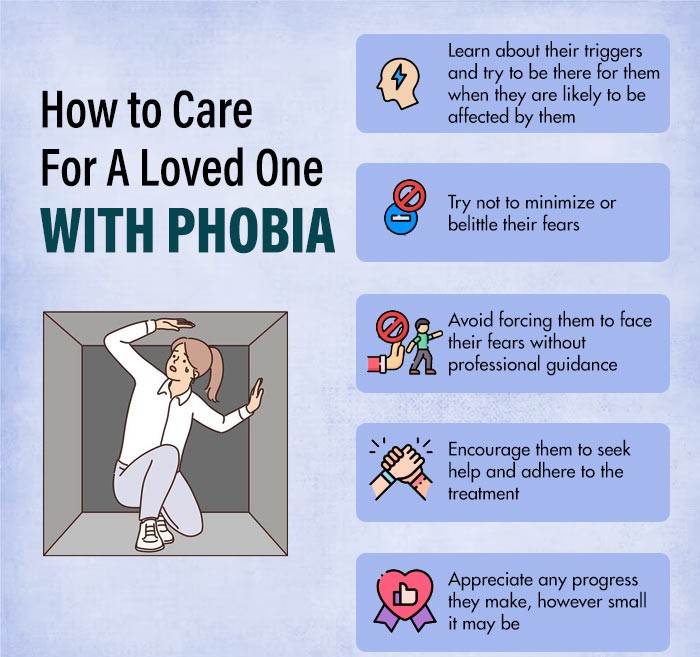
Takeaway
Living with a phobia, whether specific or complex, can be undoubtedly challenging. Such intense, unrealistic, and lasting fears can disrupt our lives, careers, and relationships. However, consulting with a doctor and seeking treatment can help us manage our fears, overcome the symptoms and improve our mental, emotional and physical well-being. So if you think you have a disabling fear that is affecting your life, then make sure to talk to a healthcare professional immediately.
At A Glance
- Phobias are a form of anxiety disorder that results in unrealistic, extreme, and lasting fear of an animal, individual, object, or event.
- Panic attacks are the most common and prominent symptoms of this condition.
- Although the exact cause for the onset of phobias is still not fully understood, there are certain factors that can influence the development.
- Therapy can be highly effective in enabling the patient to develop coping strategies for symptoms associated with fear, anxiety, and panic attacks.
- Living with a phobia, whether specific or complex, can be undoubtedly challenging.
Frequently Asked Questions (FAQs)
1. What are phobias?
Phobias are an extreme, persistent fear of a particular object, living being, or situation, that make it difficult for a person to function normally.
2. How does the brain work during a phobia?
When you encounter something that you fear, your body goes into a flight-or-flight mode. The part of the brain that gets activated during this time is the amygdala, which is mainly responsible for feeling emotions.
3. Can phobias be cured?
Phobias are a treatable condition and can be managed effectively with appropriate therapy and/or medication, along with social support.
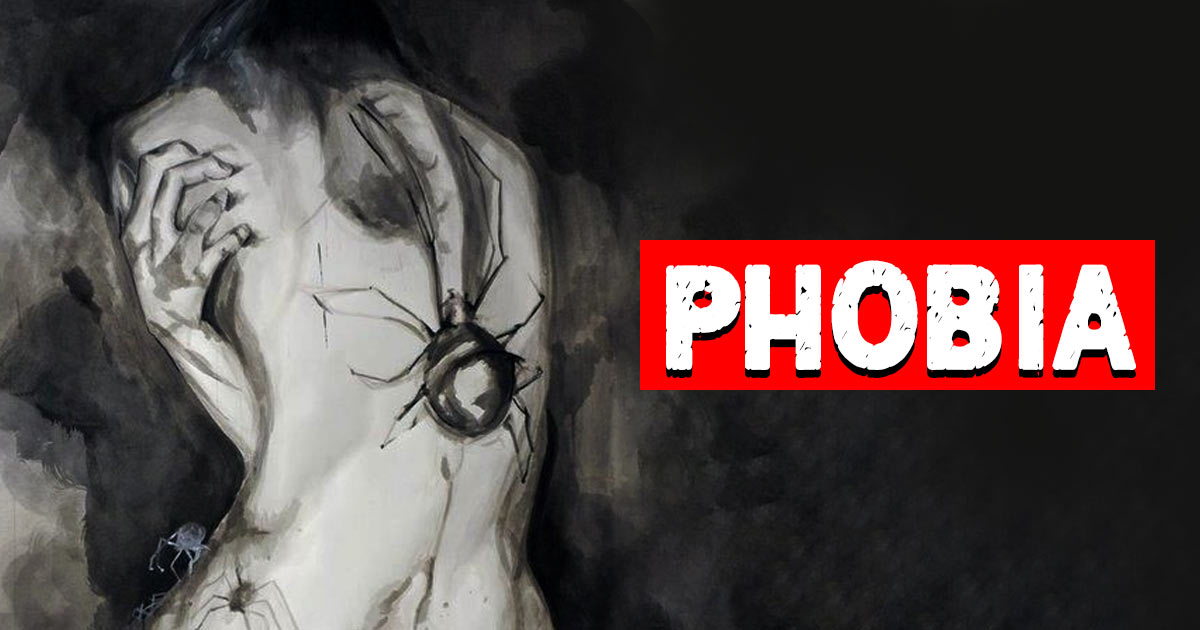

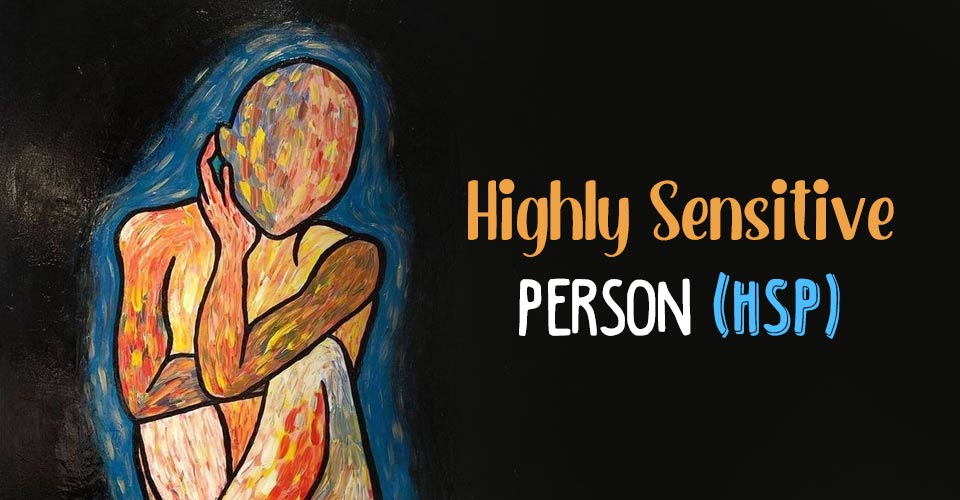
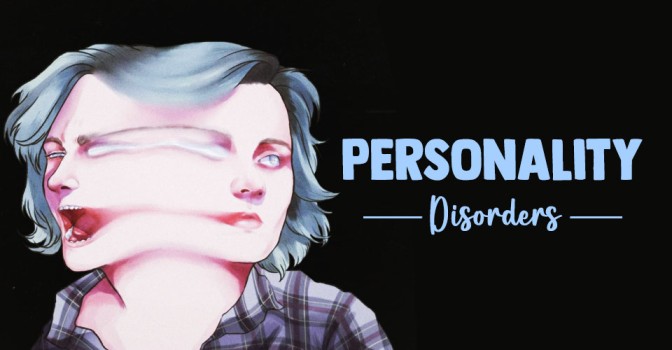
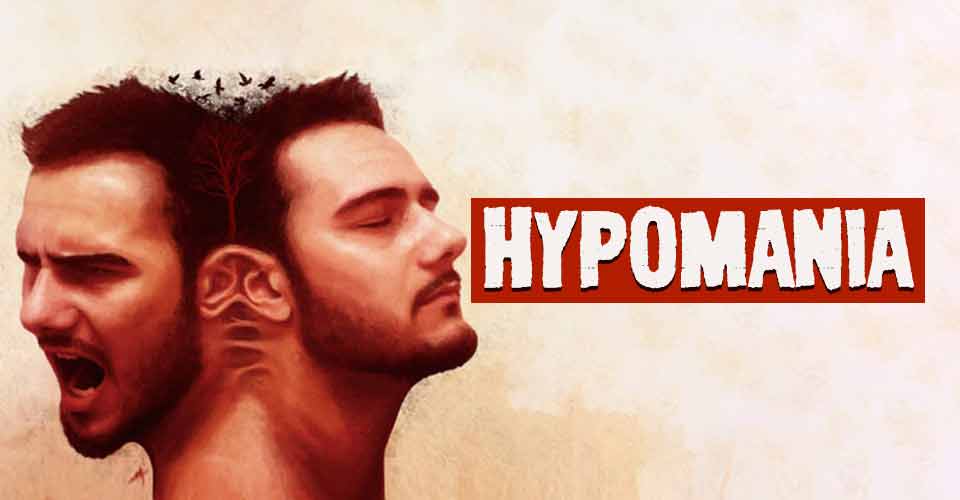
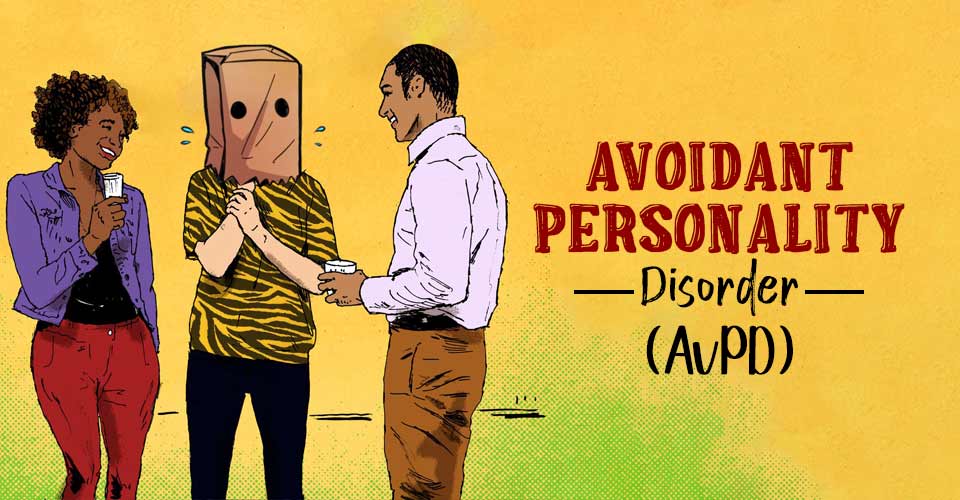

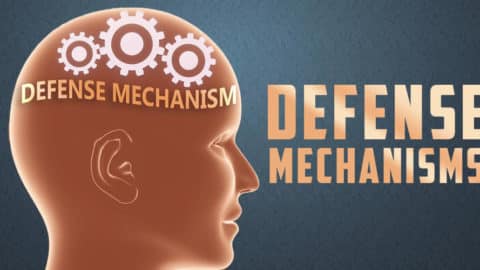
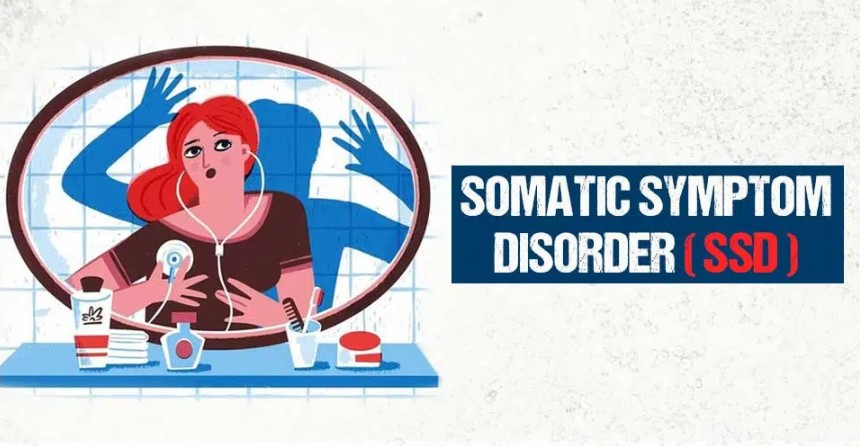

Leave a Reply